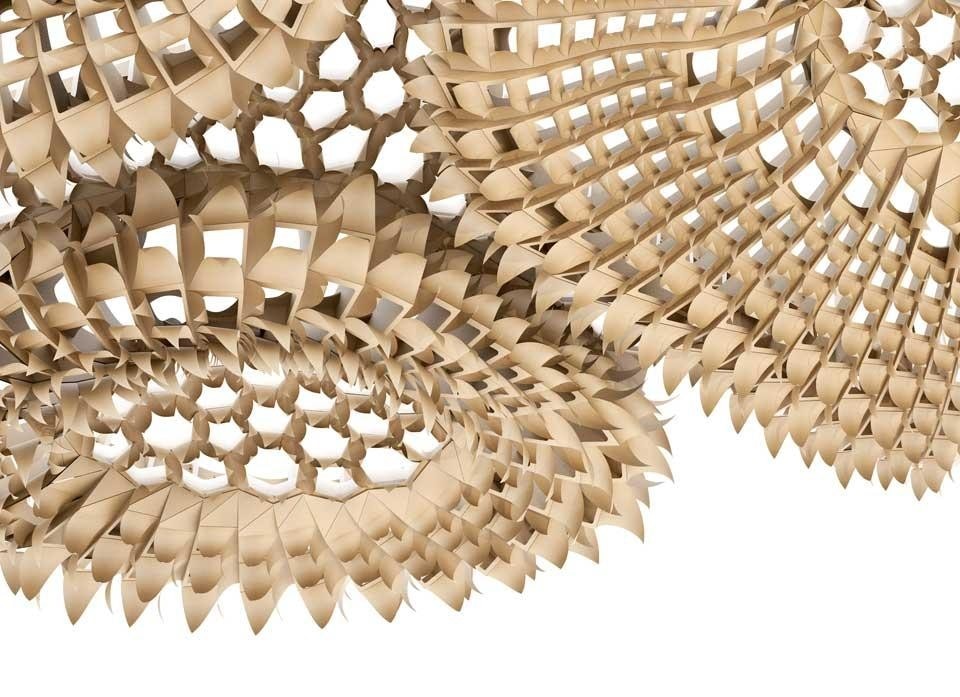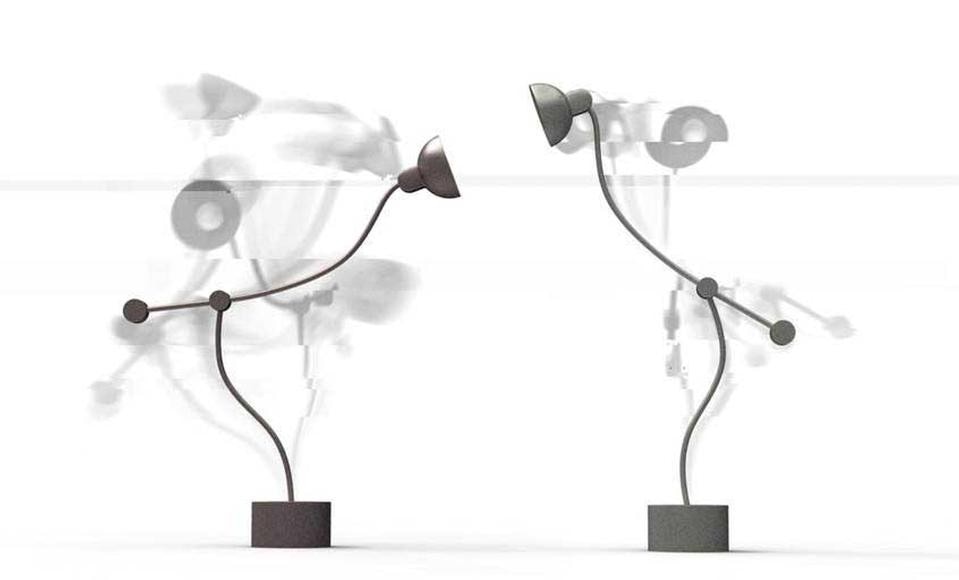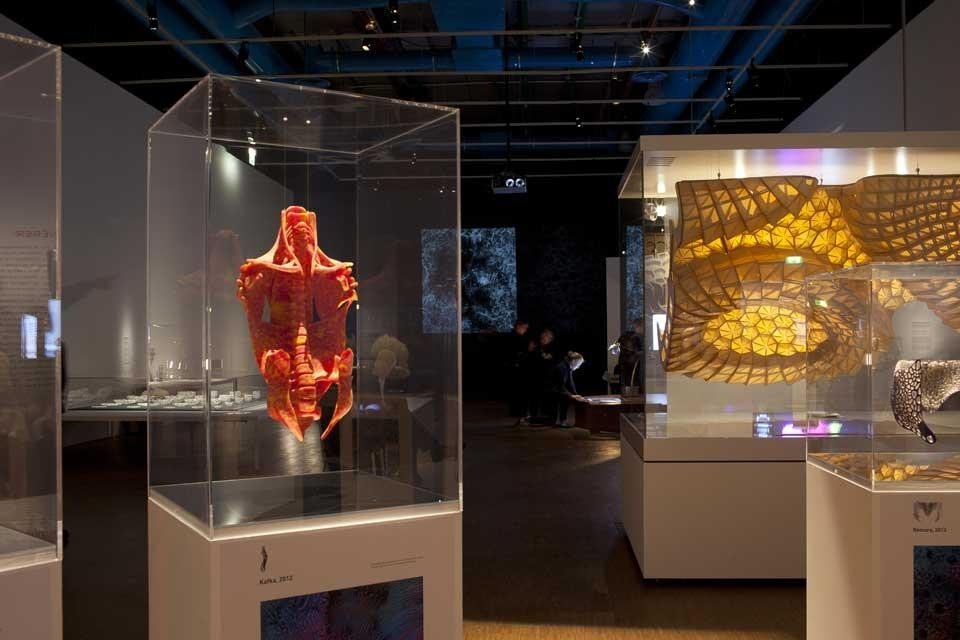Curator Valerie Guillaume explores the fluid galaxy of innovation, ferrying visitors far beyond 2.0. She does this via fifteen fascinating key-projects, specifically developed for the exhibition in collaboration with the Centre's fledgling Industrial Perspective Department, opened in 2010.
The difficulty faced by this exhibition was less that of exhibiting innovation and more a question of lending concrete form to its meaning before and after, since the body of material on show is drawn from the convergence of disciplines that are blurring their boundaries, e.g. architecture and design, under the impetus of social networking and production technology. The show starts with expanded calculation possibilities and a focus on their applications to a particular generative practice. The Generating section features works that really are morphogenesis, or the application of aggregation processes borrowed from the geological or biological vocabulary.
The splendid Andrew Kudless/Matsys project was inspired by the calcareous sedimentation of crustaceans living in dense agglomerations. Neri Oxman's work seems to prefigure the advent of Conceptualism, very similar to the idea of expanded pretence.
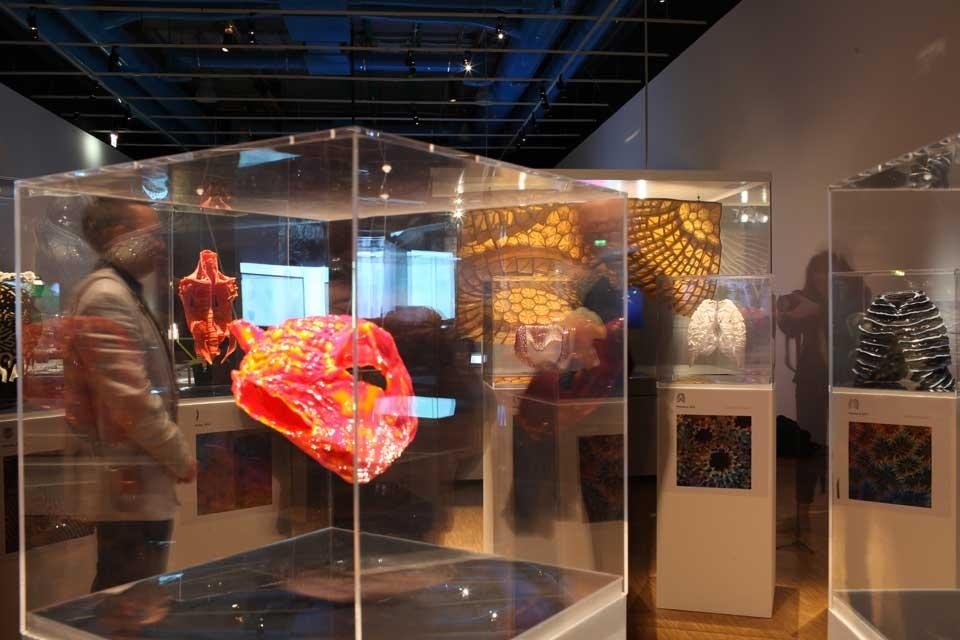
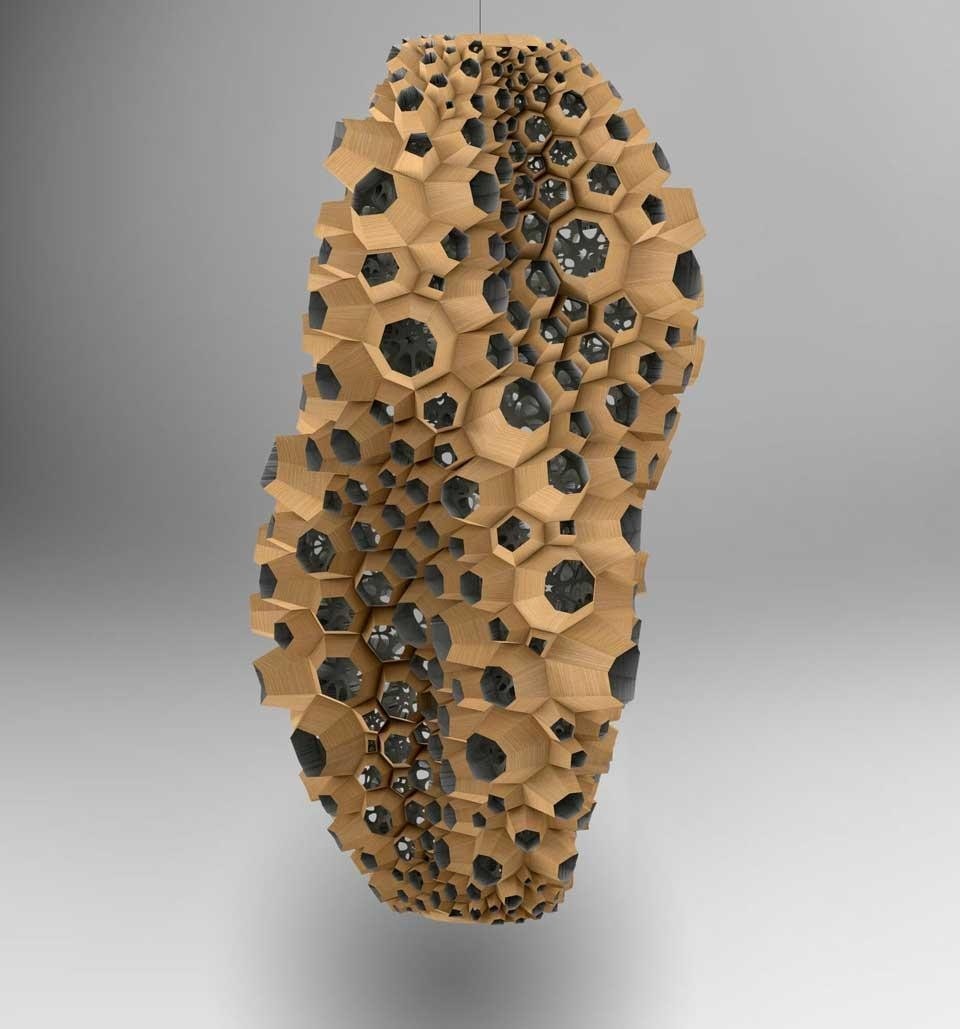
The difficulty faced by this exhibition was less that of exhibiting innovation and more a question of lending concrete form to its meaning before and after
![Casey Reas, <em>Pièce numérique Process 13</em>, 2010. © Casey Reas, [DAM] Casey Reas, <em>Pièce numérique Process 13</em>, 2010. © Casey Reas, [DAM]](/content/dam/domusweb/en/design/2012/06/14/multiversit-/big_386393_5807_05_web_4-Multiversites-creatives-Casey-Reas1.jpg.foto.rmedium.jpg)
Multiversités Creatives | Creative Multiversities
Centre Pompidou, Gallerie 315
Paris
